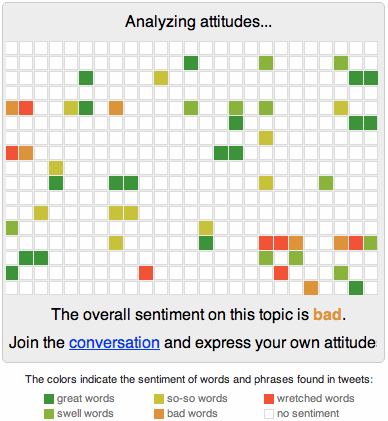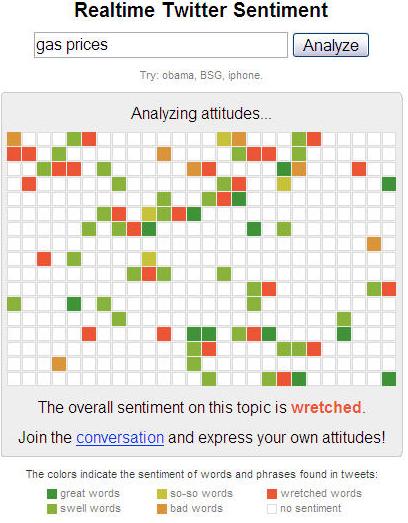It’s a common theme among direct marketers: There is little that actually changes as new media spring up and ads adapt to them. Take Facebook. As David Berkowitz discussed in his post today (and also in his MediaPost piece), an ad series that targets people based on their gender and age is making the rounds. And getting a lot of scrutiny. I had seen another version of it last week, and had mentioned it to him via Twitter. (Thanks for the mention, David.)
Significantly, this ad series wasn’t showing when I just visited a few moment ago, nor could I find in on the More Ads page of Facebook. Coincidence?
 Way back on April 9 this ad series first captured my attention, although at the time it wasn’t testing headlines customized to age and gender, as this newest batch does. At the time I made a number of screen captures, and took some notes, but didn’t blog about it then.
Way back on April 9 this ad series first captured my attention, although at the time it wasn’t testing headlines customized to age and gender, as this newest batch does. At the time I made a number of screen captures, and took some notes, but didn’t blog about it then.
Now this latest twist (featuring headlines such as, “29 Yr Male Overweight?“) is a great chance to share my research into the advertisement — especially for those readers who first caught David’s post and wondered how the subsequent user experience plays out.
The answer is it’s very old school, with some shrewd modern touches.
Like the best print ads of the direct response print ad “Golden Age” (somewhere between the 1960’s and the 1980’s, I’d venture to guess), it is a carefully tuned conversion engine, as well as a massive blight on the advertising landscape.
The ad itself had the headline “Get Ripped.” The photo is smaller than the new versions, but the copy is written with the same economy and obvious care. When you click though to it, you see a page that is incredibly busy, with three different fonts and primary colors, and a ton going on. (Click to open it full size in a new window).
An AJAX layer offers a clever YouTube video player (I don’t recall checking to see if it was truly pulling from YouTube, or was residing on the advertiser’s server — but I’m guessing the advertisers were not counting on YouTube’s cooperation, and this was indeed locally streamed).
Folks who wouldn’t know better would assume this ad is a loser. “Who could possibly respond to something this schlocky?,” they might ask. My answer would be that, like the pattern on the carpeting of a Las Vegas casino floor, everything about it is there for a reason. And it’s all there because it’s effective, as proven over time, with much testing.
But Wait!
The best part for me is shown below. When I tried to close the window, I got a fake system message saying, “Hey Wait!” It goes on to say a live agent would like to give me a “last-minute saving,” Okay then. Points for persistence.

What do you think of this surprisingly old-fashioned approach? Do you think it will work — with, or even without — the age / gender personalized headlines?


 My blogging friend Kevin Hillstrom reports that it seems to, if viewed holistically
My blogging friend Kevin Hillstrom reports that it seems to, if viewed holistically